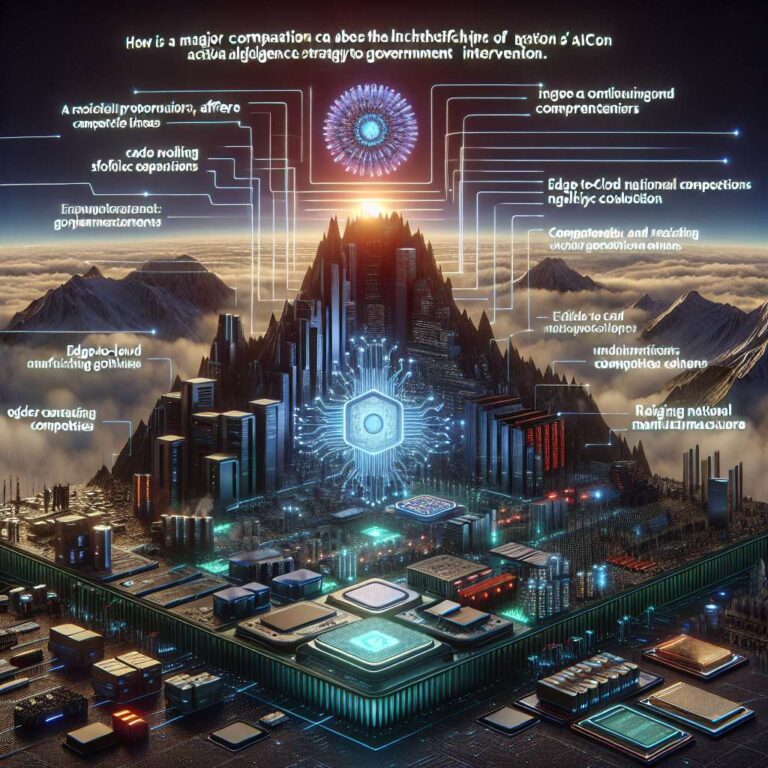After years of ceding ground in data center and accelerator markets dominated by Nvidia, Intel has been thrust back into the spotlight through an unprecedented agreement with the U.S. government. President Donald Trump approved a deal that delivers federal grants to Intel sooner than expected in return for a 10 percent government ownership stake. The move aims to accelerate domestic chip production and place Intel at the heart of America’s Artificial Intelligence push. Markets reacted swiftly, with Intel’s stock rising 50 percent in the following month, but the arrangement underscores a deeper shift in how Washington is leveraging private industry for strategic technology goals.
The company’s renewed importance arrives despite a mixed record over the past two decades. Intel built its reputation on breakthroughs in memory and microprocessors and later grew families like Core and Xeon. It now offers Artificial Intelligence accelerators such as Gaudi 3, edge-to-cloud networking components, and developer software. Intel’s FPGA business sits under Altera, which saw majority ownership move to Silver Lake in 2025. Even so, Intel has struggled to maintain its edge, missing the smartphone wave after passing on early iPhone chips, falling behind TSMC in adopting extreme ultraviolet lithography for high-volume production, and clinging to in-house manufacturing while rivals embraced more flexible foundry models. The CHIPS and Science Act has further tied Intel’s trajectory to U.S. factory expansion to unlock the full value of its incentives.
Trump’s bet on Intel is rooted in the broader Artificial Intelligence race with China. As American tech giants pour resources into model training and infrastructure, China’s DeepSeek showed it could build competitive systems at far lower cost, intensifying pressure to scale U.S. capabilities. The administration has escalated trade measures, pushed companies to onshore semiconductor production, and amended Intel’s CHIPS deal to accelerate funding, contingent on the government stake. The mere prospect of federal backing helped Intel secure fresh momentum, including a new investment from SoftBank and a partnership with Nvidia that supports PCs and data centers around products like Intel’s Panther Lake processor. Whether this surge translates into durable competitiveness remains uncertain.
The strategy carries significant risks. Government equity stakes in major firms are rare and typically reserved for crises, and critics question using public funds this way. Intel itself warned of potential adverse reactions and still must win customers to justify expanded capacity. The deal also fits a pattern of deeper intervention, including stakes in MP Materials and Trilogy Metals and pressure on industrial operations such as U.S. Steel. If more agreements follow, they could redefine the balance between industrial policy and market forces in the U.S. technology sector. For Intel, the government’s backing may be pivotal to its Artificial Intelligence ambitions, but taxpayers and rivals will be watching the costs and outcomes closely.

